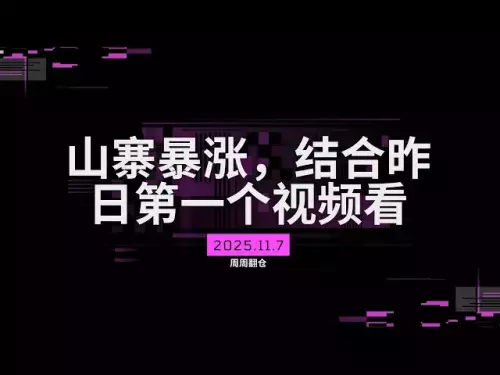-
 bitcoin
bitcoin $101752.865364 USD
-1.09% -
 ethereum
ethereum $3382.985899 USD
-1.38% -
 tether
tether $0.999658 USD
0.04% -
 xrp
xrp $2.272505 USD
-1.51% -
 bnb
bnb $989.089004 USD
0.14% -
 solana
solana $156.962612 USD
-3.08% -
 usd-coin
usd-coin $0.999776 USD
0.01% -
 tron
tron $0.290786 USD
-0.69% -
 dogecoin
dogecoin $0.174594 USD
-2.86% -
 cardano
cardano $0.560085 USD
-3.55% -
 hyperliquid
hyperliquid $40.023704 USD
-5.75% -
 chainlink
chainlink $15.324649 USD
-2.78% -
 bitcoin-cash
bitcoin-cash $493.576540 USD
-3.52% -
 zcash
zcash $571.320038 USD
-12.05% -
 stellar
stellar $0.280066 USD
-4.26%
What is Ethereum's Web3.js?
For developers desiring decentralized app building, Web3.js emerges as a potent tool, boasting cross-platform compatibility and the backing of an active community.
Feb 16, 2025 at 01:24 pm
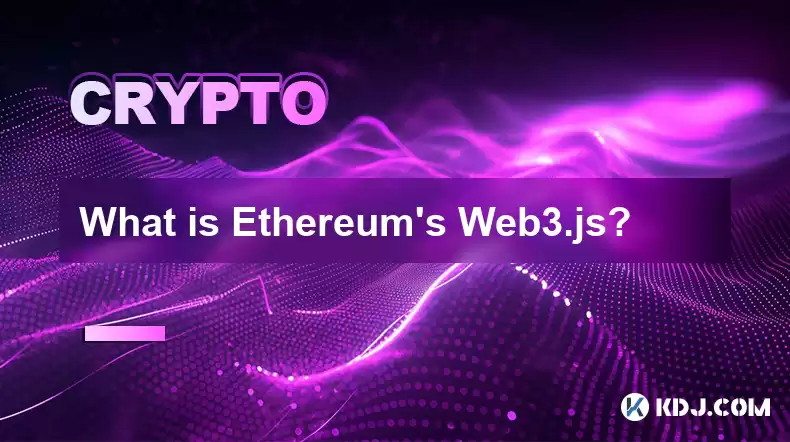
- Ethereum's Web3.js is a JavaScript library that allows developers to interact with the Ethereum blockchain.
- Web3.js provides an API that makes it easy to send transactions, deploy contracts, and access blockchain data.
- Web3.js is a powerful tool for developers who want to build decentralized applications (dApps).
Ethereum's Web3.js is a JavaScript library that allows developers to interact with the Ethereum blockchain. Web3.js provides an API that makes it easy to send transactions, deploy contracts, and access blockchain data.
Web3.js is a powerful tool for developers who want to build decentralized applications (dApps). DApps are applications that run on a blockchain, rather than on a centralized server. This makes them more secure and resistant to censorship.
How to Use Web3.jsTo use Web3.js, you will need to install it using npm. Once you have installed Web3.js, you can create a new instance of the library by calling the Web3 constructor.
const Web3 = require('web3');
const web3 = new Web3();Once you have created an instance of Web3, you can use it to interact with the Ethereum blockchain. For example, you can use the web3.eth.sendTransaction method to send a transaction to the blockchain.
const tx = {
from: '0x0000000000000000000000000000000000000000',
to: '0x0000000000000000000000000000000000000001',
value: '1000000000000000000',
};
web3.eth.sendTransaction(tx, (err, txHash) => {
if (err) {
console.error(err);
} else {
console.log(txHash);
}
});Web3.js is a powerful tool for developers who want to build dApps. Web3.js provides an easy-to-use API that makes it easy to interact with the Ethereum blockchain.
Some of the benefits of using Web3.js include:
- Cross-platform compatibility: Web3.js is compatible with all major operating systems, including Windows, macOS, and Linux.
- Well-documented: Web3.js is well-documented, making it easy for developers to learn how to use the library.
- Active community: Web3.js has an active community of developers who are willing to help others learn how to use the library.
- What is the difference between Web3.js and MetaMask?
Web3.js is a JavaScript library that allows developers to interact with the Ethereum blockchain. MetaMask is a browser extension that allows users to interact with the Ethereum blockchain without having to run a full node.
- Can I use Web3.js to develop dApps for other blockchains?
No, Web3.js is only compatible with the Ethereum blockchain.
- Is Web3.js secure?
Yes, Web3.js is a secure library. The library uses a number of security features to protect users from malicious code.
Disclaimer:info@kdj.com
The information provided is not trading advice. kdj.com does not assume any responsibility for any investments made based on the information provided in this article. Cryptocurrencies are highly volatile and it is highly recommended that you invest with caution after thorough research!
If you believe that the content used on this website infringes your copyright, please contact us immediately (info@kdj.com) and we will delete it promptly.
- Ripple (XRP) in 2026: Hold or Fold? A Look at XRP's Future and Emerging DeFi Alternatives
- 2025-11-08 18:35:01
- Zcash ZEC Coin Price Explosion: From Privacy Niche to Center Stage
- 2025-11-08 18:55:01
- Berachain Price Prediction: Navigating the Honeycomb Hype in Crypto
- 2025-11-08 18:55:01
- Arthur Hayes, Gold, and Bitcoin: A Modern Monetary Trinity?
- 2025-11-08 19:15:01
- Shiba Inu's Next Move: Navigating a Shifting Market
- 2025-11-08 19:20:01
- Pakistan's Crypto Crossroads: Balancing Opportunity with Asset-Backed Realities
- 2025-11-08 19:20:01
Related knowledge
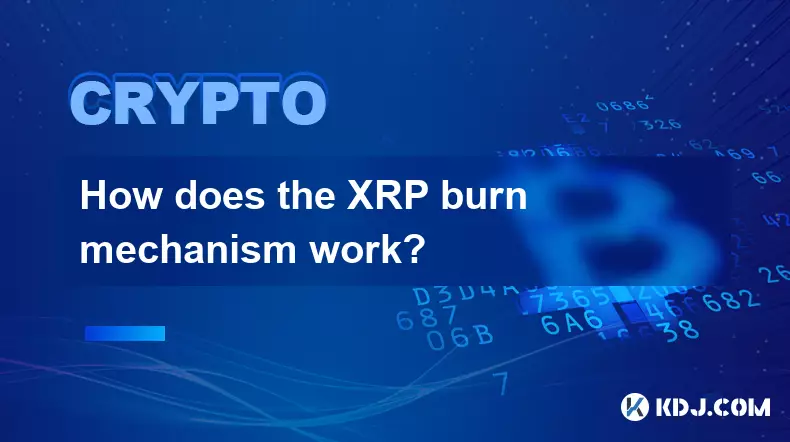
How does the XRP burn mechanism work?
Oct 25,2025 at 09:23am
The XRP Burn Mechanism: Understanding the BasicsThe XRP burn mechanism is an integral part of the Ripple network’s design, ensuring long-term stabilit...
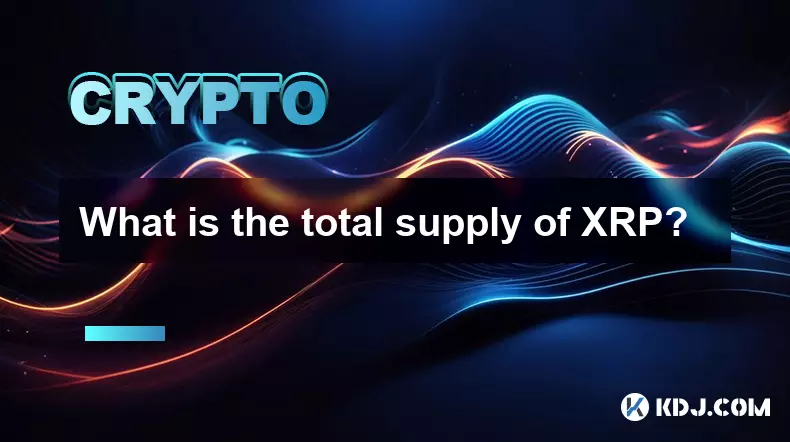
What is the total supply of XRP?
Oct 26,2025 at 04:00pm
The total supply of XRP is 100 billion tokens. This number was established at the inception of the cryptocurrency and remains fixed, meaning no additi...

How to find my XRP transaction hash (TxID)?
Oct 28,2025 at 12:54am
Understanding XRP Transaction Hash (TxID)1. Every transaction on the XRP Ledger generates a unique identifier known as a transaction hash, or TxID. Th...

Can you store XRP on a MetaMask wallet?
Oct 28,2025 at 03:37pm
Understanding XRP and MetaMask Compatibility1. XRP operates on the Ripple network, which follows a different protocol than Ethereum-based tokens. This...
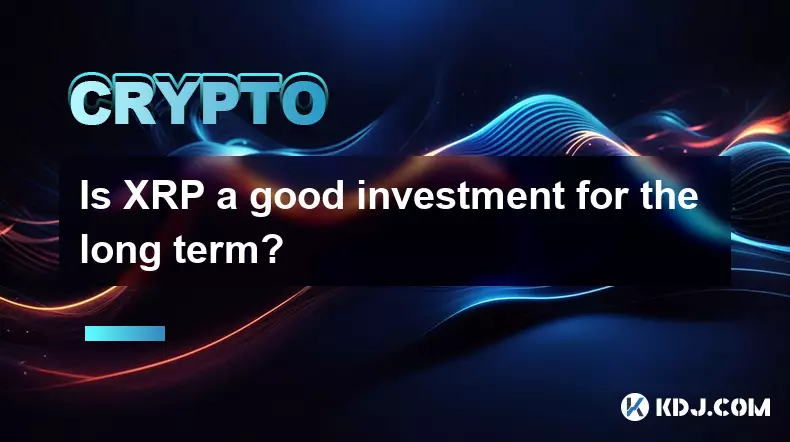
Is XRP a good investment for the long term?
Oct 25,2025 at 09:00pm
Understanding XRP’s Role in the Cryptocurrency Ecosystem1. XRP operates as a digital asset designed for fast and low-cost international money transfer...
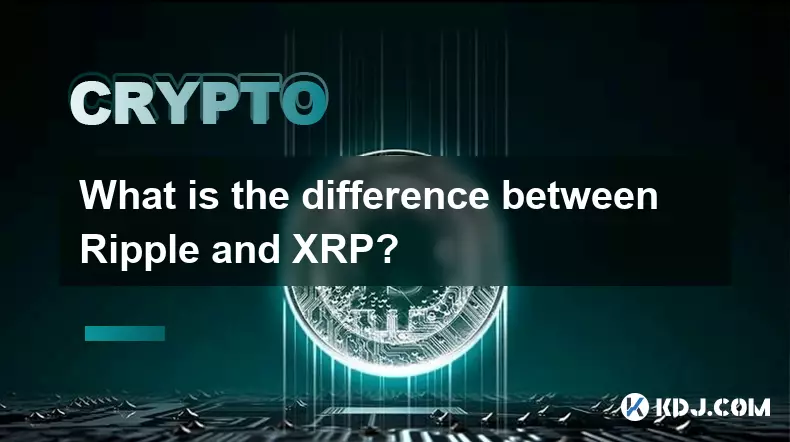
What is the difference between Ripple and XRP?
Oct 26,2025 at 09:19am
Difference Between Ripple and XRP1. Ripple refers to a technology company that develops solutions for global financial transactions, particularly targ...

How does the XRP burn mechanism work?
Oct 25,2025 at 09:23am
The XRP Burn Mechanism: Understanding the BasicsThe XRP burn mechanism is an integral part of the Ripple network’s design, ensuring long-term stabilit...

What is the total supply of XRP?
Oct 26,2025 at 04:00pm
The total supply of XRP is 100 billion tokens. This number was established at the inception of the cryptocurrency and remains fixed, meaning no additi...

How to find my XRP transaction hash (TxID)?
Oct 28,2025 at 12:54am
Understanding XRP Transaction Hash (TxID)1. Every transaction on the XRP Ledger generates a unique identifier known as a transaction hash, or TxID. Th...

Can you store XRP on a MetaMask wallet?
Oct 28,2025 at 03:37pm
Understanding XRP and MetaMask Compatibility1. XRP operates on the Ripple network, which follows a different protocol than Ethereum-based tokens. This...

Is XRP a good investment for the long term?
Oct 25,2025 at 09:00pm
Understanding XRP’s Role in the Cryptocurrency Ecosystem1. XRP operates as a digital asset designed for fast and low-cost international money transfer...

What is the difference between Ripple and XRP?
Oct 26,2025 at 09:19am
Difference Between Ripple and XRP1. Ripple refers to a technology company that develops solutions for global financial transactions, particularly targ...
See all articles





















![The Graph Price Prediction [GRT Crypto Price News Today] The Graph Price Prediction [GRT Crypto Price News Today]](/uploads/2025/11/07/cryptocurrencies-news/videos/690d4df44fe69_image_500_375.webp)



